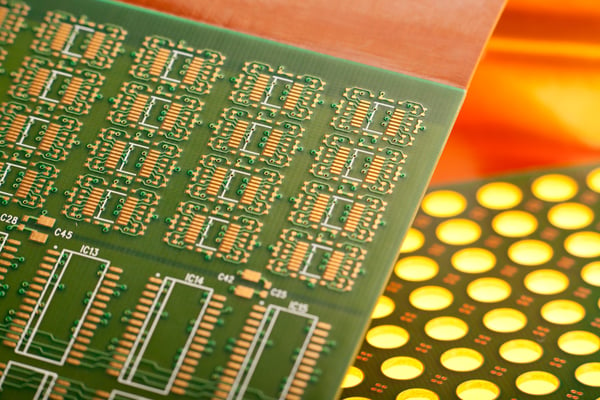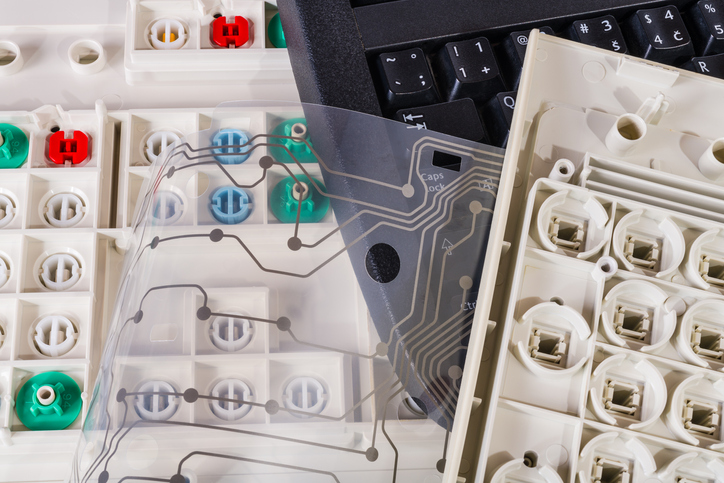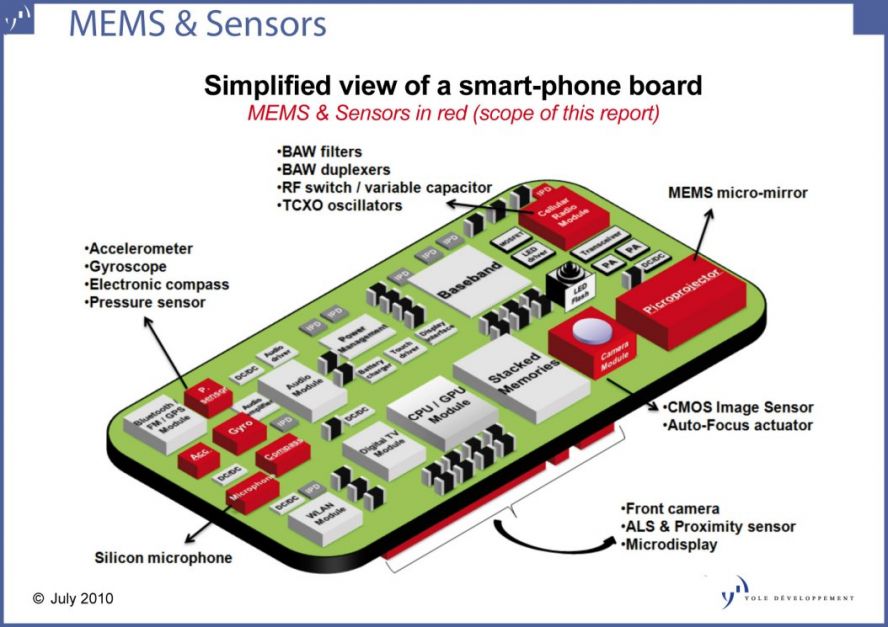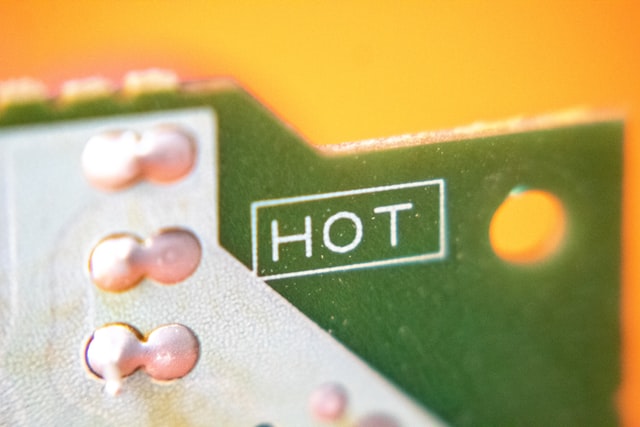Rigid PCB Vs. Flexible PCB Design
The products that your organization is preparing to develop call for printed circuit boards (PCBs) -- simple enough, right? Not exactly. Components...

Rigid-flex PCBs (printed circuit boards) combine the best traits of both rigid PCBs and flexible PCBs, making it easier for manufacturers to install PCBs in small spaces. The added flexibility enables manufacturers to maneuver boards precisely and with ease during installation.
However, before you can capitalize on them, you must first understand and follow rigid-flex PCB design guidelines. Understanding the compromise between flexibility and rigidity will help ensure you don't compromise quality, too.
As the name suggests, rigid-flex PCBs are a hybrid of flex and rigid circuits. Their design offers unique solutions and applications, and they serve as a replacement for rigid PCBs. One of the best aspects of rigid-flex PCBs is that they combine the benefits of both flexible and rigid PCBs.
Other than being used for electronic devices, rigid-flex circuit boards have a wide range of commercial and industrial applications. They are also used for high grade aircraft mounted weapon guidance systems; rigid-flex printed circuit boards are widely adopted for military and aerospace electronic manufacturing.
Other rigid-flex PCB applications include:
By combining the properties of rigid and flexible PCBs, rigid-flex PCBs come with a host of benefits for both manufacturers and consumers.
As you switch to rigid-flex PCB design, you'll have many factors to consider -- some old, some new. These include:
Rigid-flex PCBs are made of alternating layers of flexible and rigid PCB material. As you prepare to make the switch, determine how many layers you will require for your intended use. After that, consult your original equipment manufacturer (OEM) to ensure that it can meet those requirements.
As current flows through electronic devices, heat dissipates. The amount of heat released depends on factors such as device characteristics, power, and PCB design. As the heat increases, it'll affect the device's performance and may cause damage. Take measures to reduce the amount of heat dissipated.
The PCB in your device should facilitate heat sinking. This can be achieved by observing rigid-flex PCB design guidelines.
With rigid-flex boards, the layup of materials is a crucial factor. Getting the best layup requires close collaboration with your fabricator on aspects including:
Material layup has a great impact on cost, performance, and manufacturability. Dedicate enough time and resources to finding the best layup. After developing a suitable mock up, have a designer perform the necessary calculations, which should then be verified by the fabricator.
It's possible to use boards with varying layers. For instance, you may have one with 20 layers and another one with 12. However, it's important that they have a similar layup, have a similar thickness, and observe flex-rigid design PCB rules. This will help reduce manufacturing issues that can derail projects.
The debate between rigid PCB vs. flexible PCB has been raging on for some time. To determine which is ideal, it's best first to understand how they compare to each other.
First, rigid PCBs are the standard type of PCB and are what come to most people's minds when they think of circuit boards. They use conductive tracks and other elements arranged on a non-conductive substrate to connect electrical components. Usually, the non-conductive substrate also contains glass to make the board stronger. Along with firm support, rigid circuit boards offer electrical components great thermal resistance.
Other than rigidity and the base layer material, flexible and rigid PCBs also have some notable differences. These include:
Both rigid and flexible PCBs have unique features that are invaluable for specific applications. However, you're not necessarily limited to one or the other. To benefit from the features of both, switch to rigid-flex PCB. In summary, the benefits of rigid-flex boards include:
Your manufacturer must be experienced and knowledgeable about rigid-flex PCB design rules. They should also offer personalized customer support and a wide range of design and layup options. This will ensure your rigid-flex printed circuit boards meet your needs.
To learn more about what a quality ECM should be capable of, check out our manufacturing capabilities handbook.

The products that your organization is preparing to develop call for printed circuit boards (PCBs) -- simple enough, right? Not exactly. Components...

Microelectromechanical systems, or MEMS, are the microscopic building blocks of current electronics. Look no further than the smartphone in your...

The electronics sector is one of the most dynamic industries, with virtually unlimited applications. This is why its growth is expected to remain...